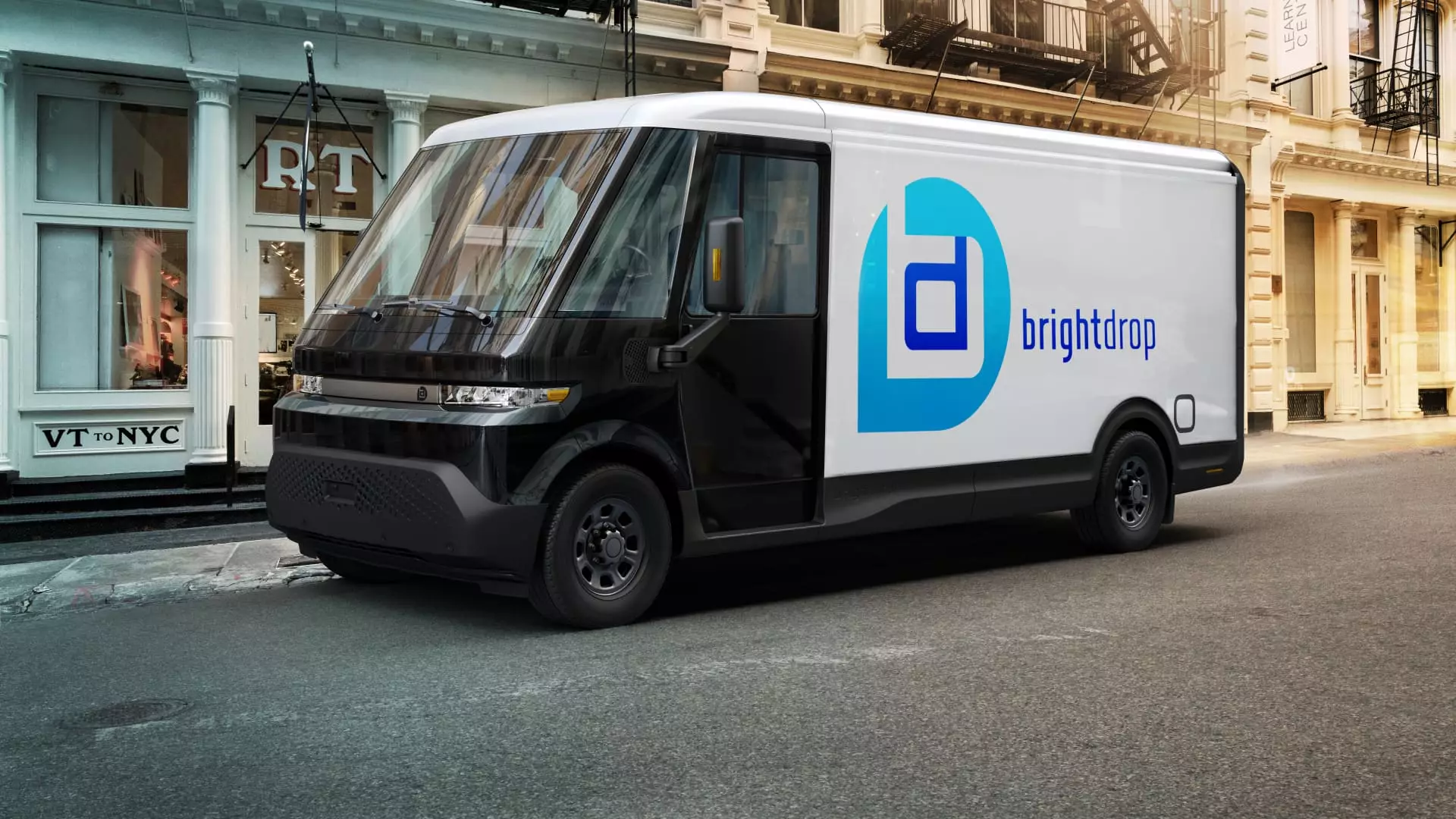The recent announcement from General Motors (GM) regarding the suspension of production at its CAMI assembly plant in Ontario is a stark reminder of the volatile nature of the electric vehicle (EV) market. Faded hopes have led to a drastic change in operations, with a reduction from two shifts to one and the axing of 500 jobs. This is not merely a business efficiency move—it’s a testament to the pitfalls of overestimating the demand for electric delivery vans in a saturated market. GM’s BrightDrop initiative, launched with grand expectations in 2021, now stands as a cautionary tale about misjudging consumer interest and market trends.
Failing to Meet Ambitious Goals
BrightDrop was heralded as the future of environmentally-friendly delivery solutions, projected to generate $1 billion in revenue in 2023. However, the reality turned out to be starkly different, with GM reportedly selling a mere 2,000 units over two years. The significant gap between ambition and reality raises critical questions about the automaker’s market forecasting and strategic planning. It suggests a larger issue within GM’s ability to adapt and pivot based on rapidly changing market demands. Could it be that their push towards electrification was too aggressive, too fast? The answer, based on recent events, fundamentally points to a desperate need for recalibration in corporate expectations.
Labor Concerns and Community Impact
The labor perspective on this issue adds yet another layer of complexity. Lana Payne, the president of Unifor, has rightly described the situation as a “crushing blow” to the local workforce and their families. Manufacturing and assembly plants are not merely sources of employment; they are the backbone of local economies. The sudden job cuts will reverberate through Ingersoll and its neighboring communities, raising critical questions about the moral obligations of large corporations like GM. When corporations prioritize shareholder expectations over employee welfare, the long-term consequences can be devastating for both the workforce and the community.
A Call for Governmental Intervention
The broader implications are also striking. The government’s role is paramount at this juncture. The labor union’s call for more robust governmental support to safeguard Canadian auto workers is not merely a plea; it’s an urgent demand for action in the wake of job insecurity. Job loss in an industry already facing turbulence can lead to reduced consumer confidence and a spiraling economic downturn. While GM insists that the decisions regarding the CAMI plant are not tied to President Trump’s tariffs, one cannot ignore the far-reaching effects of protectionsist policies that have created rifts in trade and investment.
The Future of Electric Vehicle Marketplaces
As GM continues to navigate the choppy waters of the EV marketplace, it begs the question: are we witnessing a pivot or a retreat? The automaker remains committed to the CAMI facility, but the uncertainty surrounding future demand and technological integration looms large. With many companies eyeing the shift to greener alternatives, GM’s struggles may very well foreshadow broader industry challenges. The potential for growth in the EV sector is undeniable, but the path toward that growth is fraught with pitfalls that need strategic management—something GM seems to be grappling with amidst its current turmoil.

